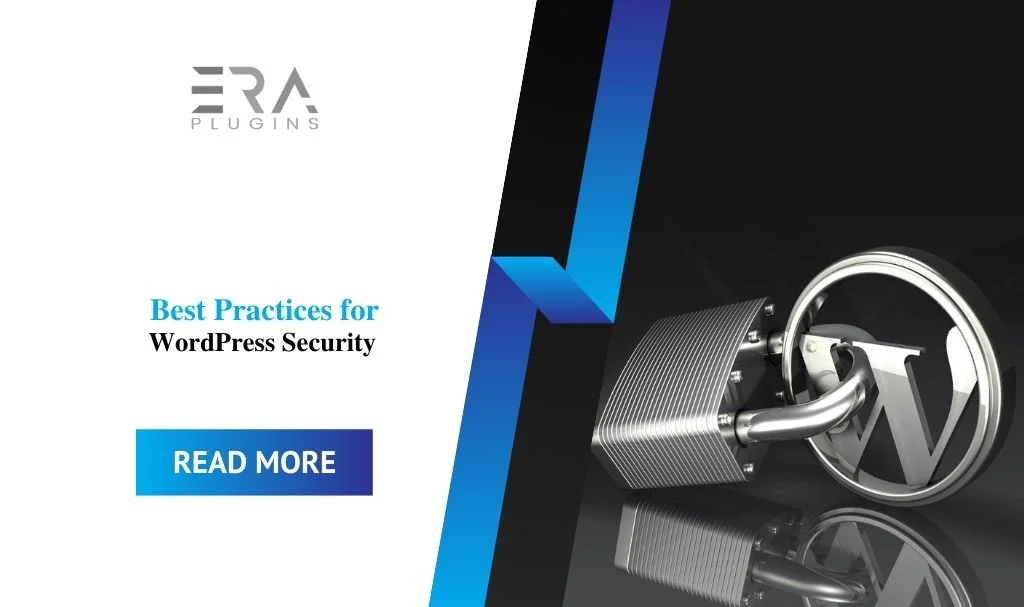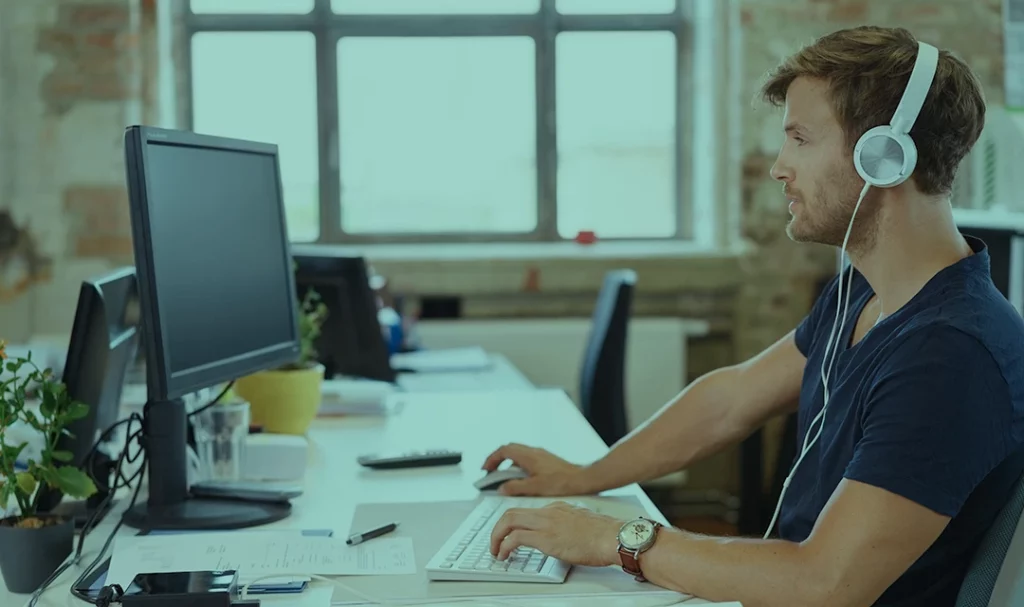Maintaining strong security practices is essential to protect your WordPress website from potential threats and vulnerabilities. Here are some best practices to ensure the security of your WordPress site:
- Keep WordPress Updated: Regularly update WordPress, themes, and plugins to the latest versions. Outdated software can be susceptible to security breaches.
- Use Strong Credentials: Create complex passwords and usernames for your admin and user accounts. Avoid using easily guessable combinations.
- Limit Login Attempts: Implement login attempt limits to prevent brute-force attacks. After a certain number of failed attempts, the user is temporarily locked out.
- Two-Factor Authentication (2FA): Enable 2FA for an extra layer of security. Users must provide a second piece of information, like a code from their mobile device, to log in.
- Secure Hosting: Choose a reputable hosting provider that offers security features like firewalls, malware scanning, and regular backups.
- Use Security Plugins: Install security plugins like Wordfence or Sucuri Security. These plugins offer firewall protection, malware scanning, and more.
- Regular Backups: Back up your website regularly so you can restore it in case of a security breach or data loss.
- File Permissions: Set proper file permissions for your website files and directories. Restrict write access wherever possible.
- Update Themes and Plugins: Only use themes and plugins from trusted sources. Regularly update them to avoid vulnerabilities.
- Remove Unused Themes and Plugins: Delete any themes or plugins that you’re not using. Unused code can be exploited by attackers.
- Secure Login Page: Change the default login page URL to something unique. This can prevent automated attacks targeting the default URL.
- Disable Directory Listing: Prevent unauthorized access to directories by disabling directory listing. This prevents visitors from seeing the contents of directories.
- HTTPS Encryption: Use SSL certificates to enable HTTPS encryption. This secures the communication between your website and visitors.
- Regular Security Audits: Perform security audits on your website to identify vulnerabilities or suspicious activity.
- Stay Informed: Keep yourself updated about the latest security trends and threats in the WordPress community.
- Backup Restoration Testing: Regularly test restoring backups to ensure they are functional and up-to-date.
- Secure Admin Area: Change the default “admin” username and avoid using easily guessable admin URLs.
- Database Security: Prefix your database tables with a unique prefix to prevent SQL injection attacks.
By implementing these security practices, you can greatly reduce the risk of security breaches and ensure the safety of your WordPress website and its data.





